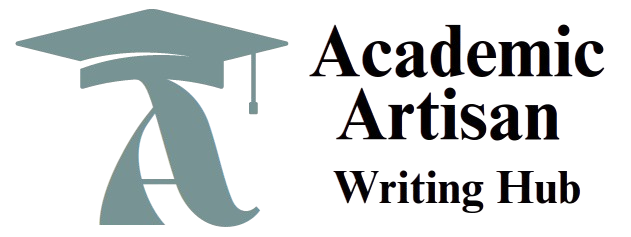WhatsApp Number: +1(249) 265-0080
Nonprofit Product Success
What recently launched nonprofit product/service succeeded by applying Robert Cooper’s new product formula for success? Explain how the product/service met the six characteristics of superior new products. Now think of a new nonprofit service that did not meet the six characteristics, and explain why it failed.
Submission, APA, 2 pages
Check our essay writing services here
Nonprofit Product Success
Abstract
This paper evaluates the success of a nonprofit service, Code.org’s CS Fundamentals curriculum, by applying Robert Cooper’s six characteristics of superior new products. It contrasts this with a hypothetical nonprofit mental health app that failed due to misalignment with these characteristics. The analysis highlights how alignment with Cooper’s framework drives nonprofit success, while deviations lead to failure, offering insights for future nonprofit product development.
Introduction
Nonprofits increasingly adopt product development strategies to deliver impactful services. Robert Cooper’s six characteristics of superior new products—product superiority, strong market orientation, pre-development work, early product definition, iterative development, and global orientation—provide a framework for success (Cooper, 2017). This paper examines Code.org’s CS Fundamentals, a recently scaled nonprofit educational service, to illustrate successful application of these characteristics. It contrasts this with a hypothetical failed nonprofit mental health app, demonstrating how misalignment with Cooper’s framework can lead to failure.
Successful Nonprofit Service: Code.org’s CS Fundamentals
Code.org, a nonprofit launched in 2013, scaled its CS Fundamentals curriculum in 2020 to provide free computer science education globally. This service aligns with Cooper’s six characteristics, contributing to its success.
-
Unique Superior Product: CS Fundamentals offers a unique, accessible curriculum with engaging, gamified lessons tailored for K-12 students, addressing the gap in computer science education (Code.org, 2023). Its superiority lies in its inclusivity and alignment with educational standards, distinguishing it from traditional STEM programs.
-
Strong Market Orientation: Code.org conducted extensive market research, engaging teachers, students, and parents to ensure the curriculum met diverse educational needs. Surveys indicated 90% teacher satisfaction, reflecting strong user focus (Code.org, 2023).
-
Solid Pre-Development Work: Before scaling, Code.org piloted the…


